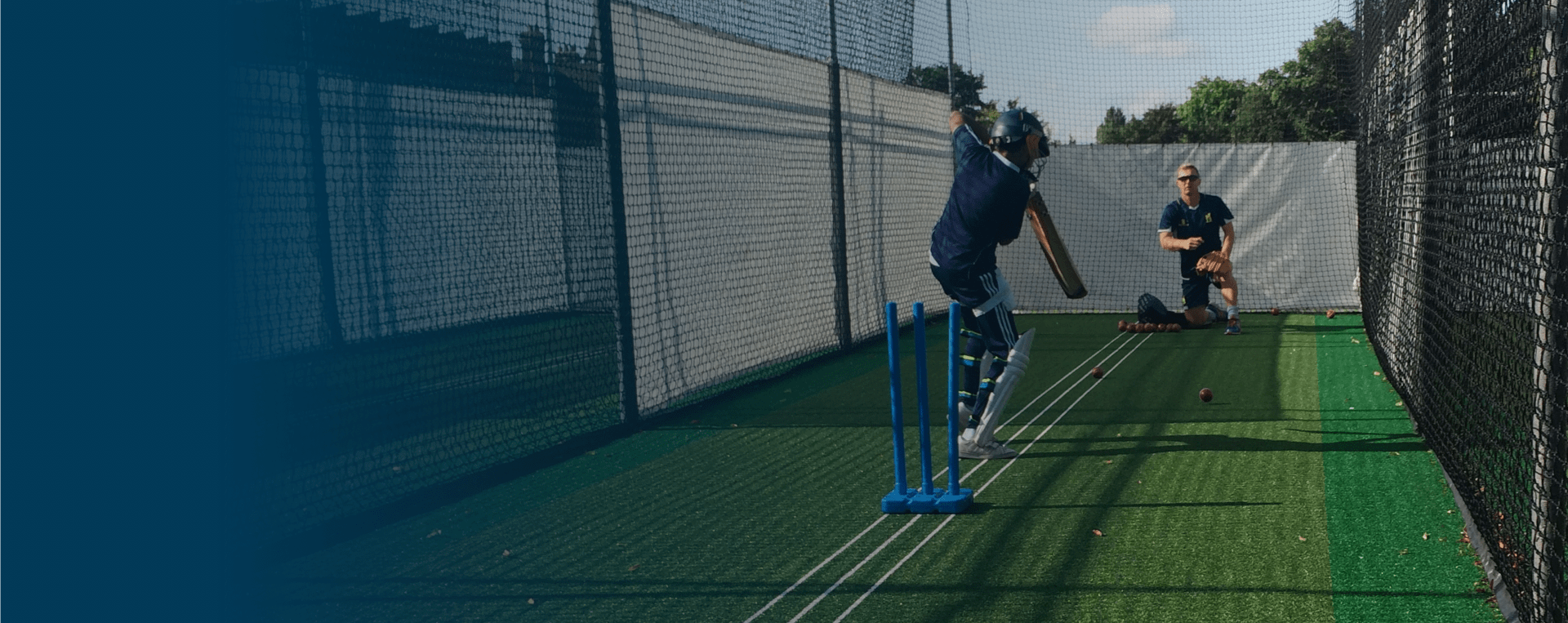
The Spin Doctor Articles:
The spin doctor: Part One
In the first of a three-part column, cricket pitch expert David Bates ponders turning pitches and the modern game…
When it comes to improving or evolving the skills of the game, I believe that we first need a consistent surface. Then add pace and bounce. But where does spin come in?
On many occasions I have been involved in discussions about ‘spin or turning pitches’ and during my time at Northants CCC it would be safe to say we produced some spin friendly pitches.
It seems to be a constant topic that keeps popping its head up every few years. The longer format of the domestic game has seen a revolutionary change in whenever a coin toss now actually takes place. In essence this change is designed to promote better pitches and hopefully encourage spinners.
So, how do we encourage spinners? Give them pitches that turn easily or make them learn to rip it? What is a good pitch for a spinner? In addition, where does the batsman come in to the equation and does a turning pitch help them?
The governing bodies see that change has to happen if we are going to support the next generation of spin bowlers. But it’s not just down to the rule makers the groundsman have a huge part to play. These are all points that will be addressed in my next few columns…
The Spin Doctor: Part Two
In the second of a three-part column, cricket pitch expert David Bates ponders pitch performance tailored to encouraging spin bowlers to come to the fore.
In the UK, seamers in the main dominate game unless we have a dry, warm summer. In addition, the majority of all county and many league/school grounds have been reconstructed over the past decade. This relaying of squares has resulted is harder, faster pitches BUT it has also made the surfaces firmer and less responsive to spin.
In this column, I am going to look at what I term “The spin bowler’s surface”; which must offer assistance to a capable bowler and encourage them.
In terms of performance, the pitch must provide turn to beat the bat but not have exaggerated movement. The bounce must be sufficient to bring in to play the slip and the fielders in front of the bat. The ball should come off the surface at angled trajectory and not have looped or ‘tennis ball’ bounce. It should also enable the batsman to play off the front and back foot with confidence. The pitch must have enough pace to stop a batsman playing solely off the back foot but in return must enable the batsman to punish a poor delivery.
For the groundsman, the biggest challenge is preparing a surface which meets all those performance requirements. Turn happens when the ball hits the surface and it gains traction, the ball grips the surface as the surface deforms. The ball is then able to move off a straight trajectory by the revolutions placed on it by the bowler. You may have seen this in test matches when the ball doesn’t turn on straight but then turns dramatically when it hits a bowler’s footmarks.
Current cricket pitch construction materials and methods mean that orthodox approaches to pitch preparation produce surfaces that stay firm and hard for a very long time. Even over four days of play – unless areas are damaged by bowlers’ follow-throughs many surfaces still give very little encouragement to a spinner. This has led to some first class and grass roots surfaces being prepared in unorthodox manner. It’s the skill of the groundsman to make sure that a balance is maintained and neither batsman – seamer or spinner – overpower each other.
The Spin Doctor: Part Three
In the third of part of his column on how to encourage spin bowlers, cricket pitch expert David Bates looks at ‘The batsman spin pitch’…
In my last column I looked at how to encourage spinners to come to the fore in the long format of the game; this month I will look at player preparation prior to foreign tours.
The ECB are currently trialling methods of preparing batsman and bowlers for playing on pitches overseas – which are generally slower and offer more turn then our domestic surfaces – including how to replicate a ‘spin pitch’ that generates exaggerated turn, with medium to low bounce and pace.
The aim is to create a pitch that mimics these characteristics to aid the development of batting skills. The turn must be enough not to just to beat the bat, but also to cause the batsman to change mind during the shot. The pace of the surface must make it awkward for the batsman to play off the front foot when driving the ball and the bounce should have a medium-to-low angled trajectory, meaning that a delivery does not bounce over the top of the stumps from a good length.
It is imperative that both batsmen and bowlers are able to adapt their techniques, so new methods of simulating these types of pitches are currently being developed.
During his residency at Northants CCC, David Bates was the youngest first class groundsman on the circuit, quickly gaining a reputation for preparing some of the finest pitches in the country. Having worked as a pitch advisor and trainer for the IoG David now heads up two companies: total-play Ltd where, over the past decade and a half, he has developed class-leading non-turf cricket pitch and pitch cover solutions, and sports pitch consultancy Total Turf Solutions Ltd.




